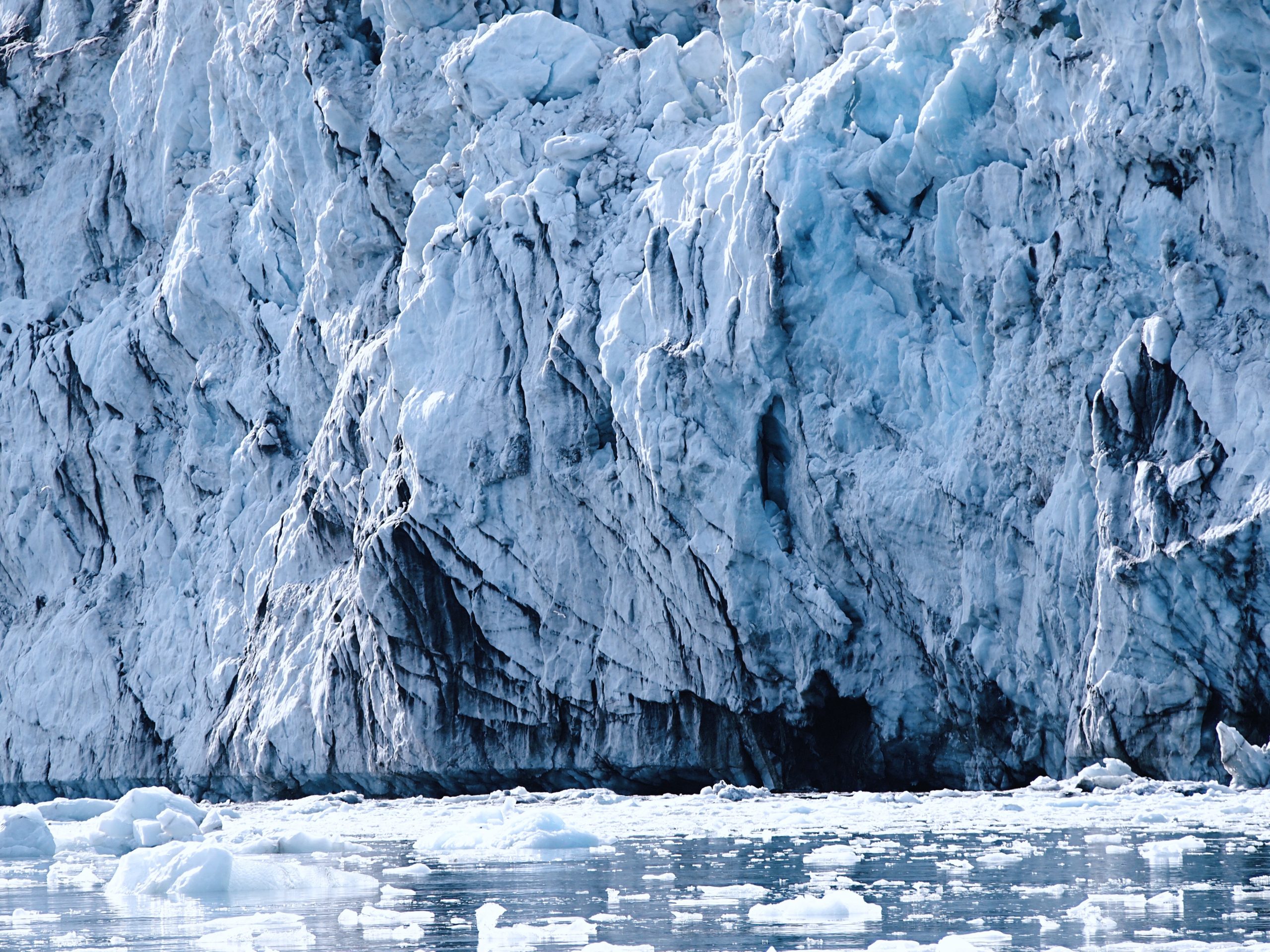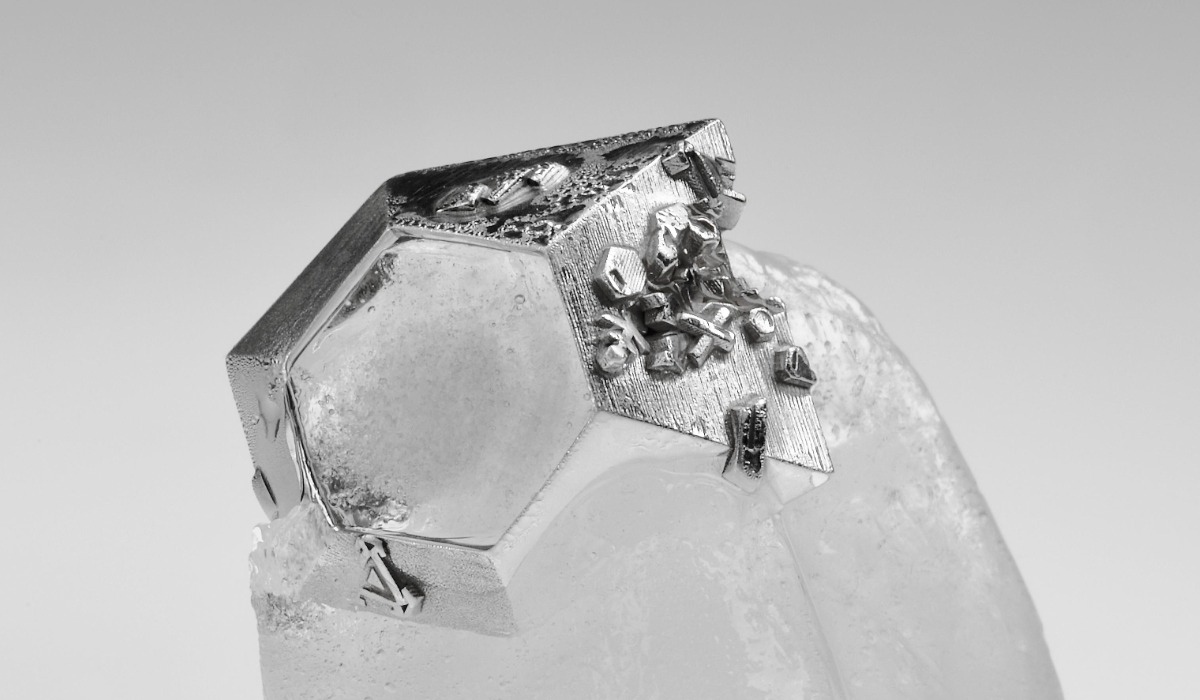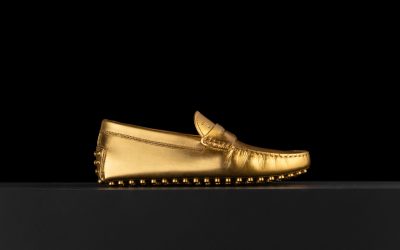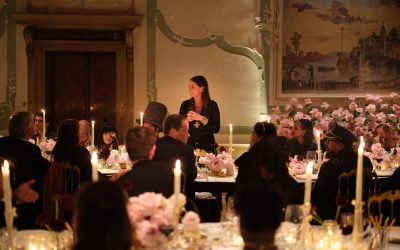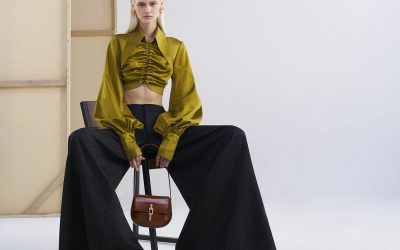Capucine Huguet is a young French designer and jeweller who studied in Paris at the Haute Ecole de Joaillerie and in London. It was at the Central Saint Martins School that she set out to bring climate issues to the forefront through her jewellery design. Indeed, she has long wondered about the special link that everyone has with their jewellery, whether it reminds them of a loved one, belonging to a group, a religion, or even a personal accomplishment. Each jewel always has a story associated with it that is dear to the wearer’s heart.
Capucine decided to work on the Arctic glaciers, which are heating up two to three times faster than anywhere else on Earth. There, the changes are very visible and some global warming processes have already started to have irreversible effects. In the summer of 2019, she was therefore in Svalbard, an archipelago in the middle of the Arctic, to study the melting ice.
Attracted by the ruggedness of the landscapes, and the wild and natural immensity of the glaciers and icebergs, this trip was a concrete expression of her creative inspirations. During her journey in the Norwegian archipelago with eminent glaciologists like Kim Holmén, the Polar Institute international director, she studied in the field, and realised the extensive melting of the Arctic and the urgency to act.
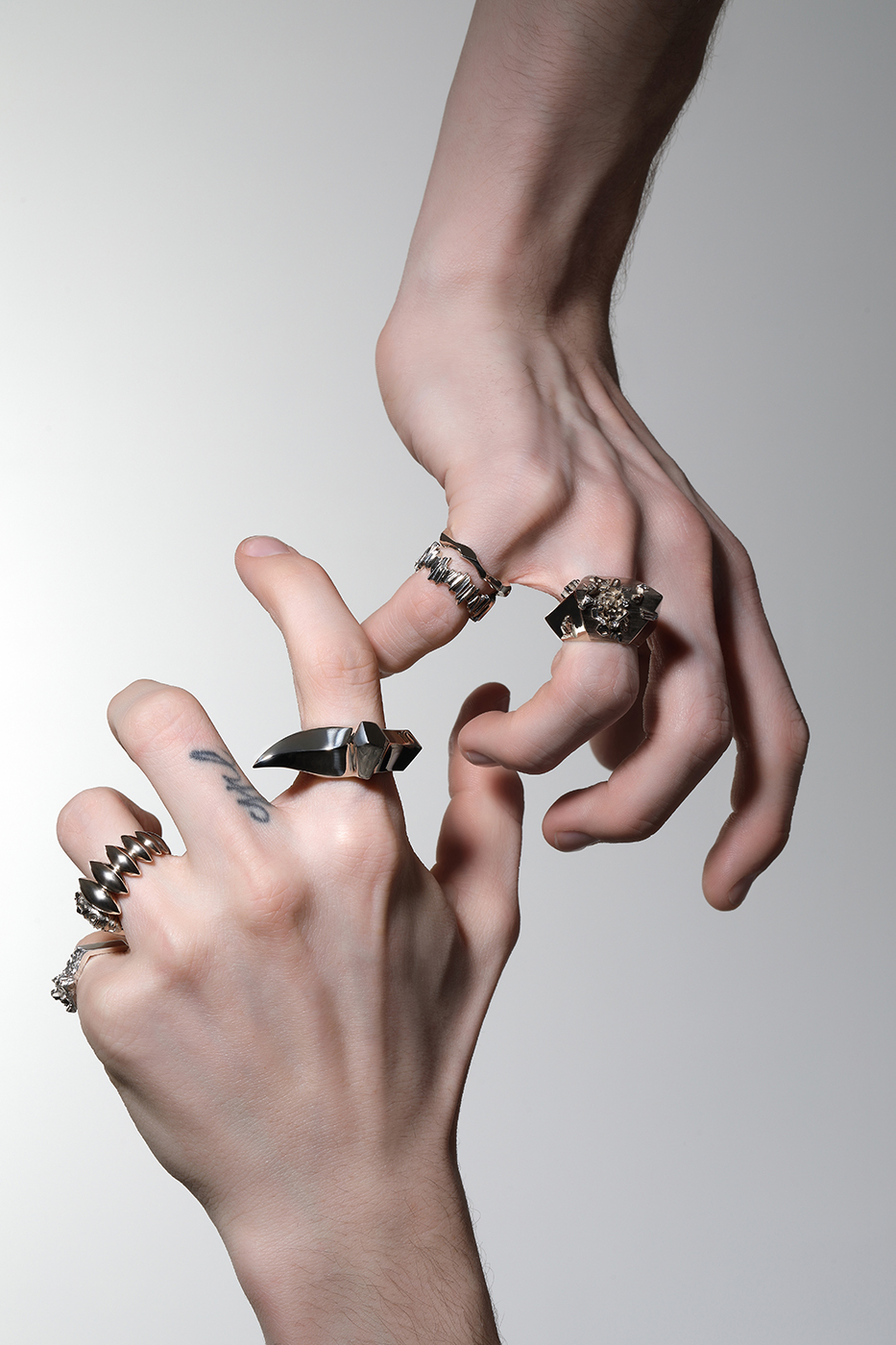

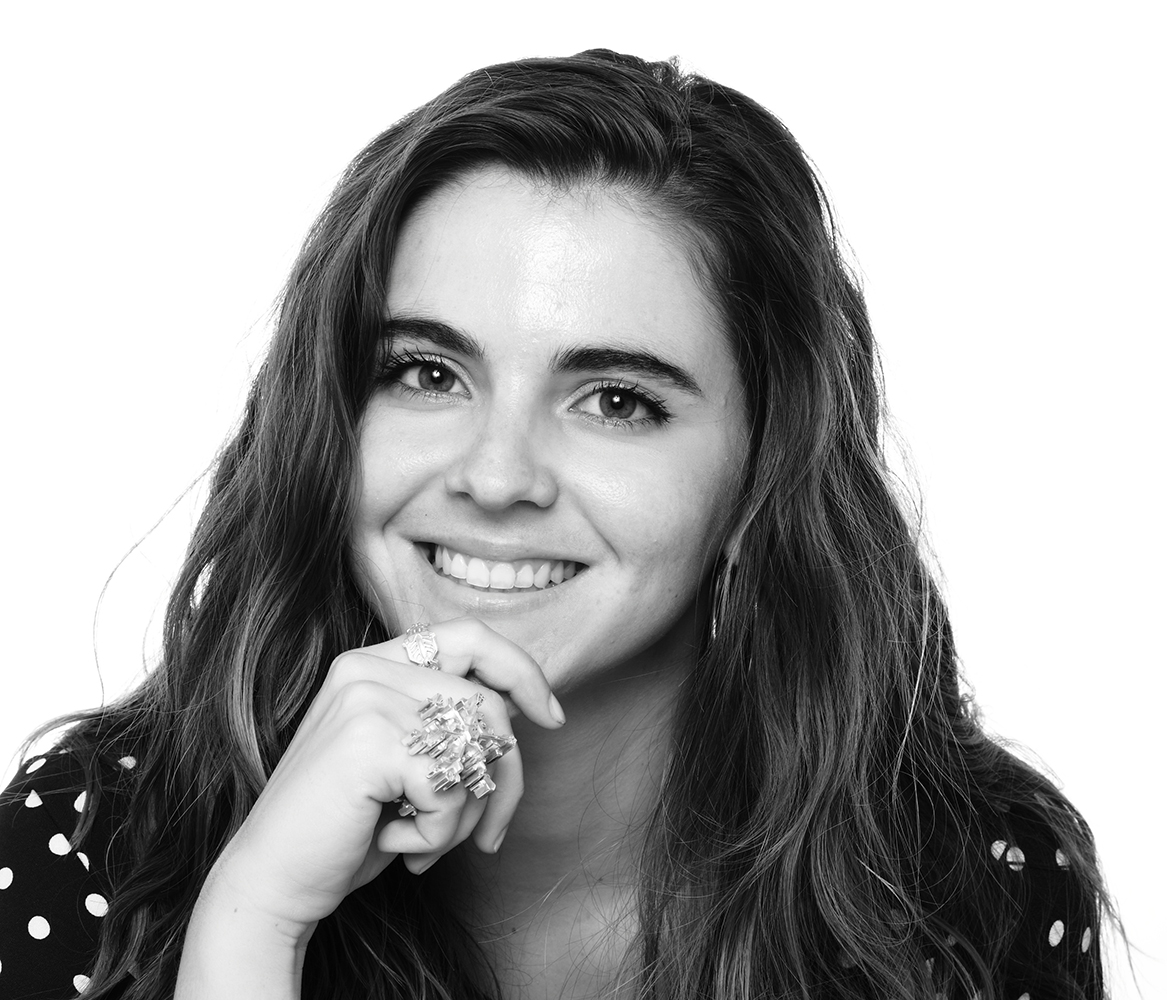
She became fully aware of one of the founding principles of the fight against the climate crisis: Awareness and Communication are at the heart of the actions to be taken.
Inspired by the melting of the gigantic Svalbard glaciers, her first collection was launched in the summer of 2020 and was naturally named “Wahlenbergbreen mementos”. Historically, memento mori jewels were worn to remind their owners that they were mere mortals. The collection is an homage to the Arctic, this often-forgotten endangered part of the world. Wearing them is a subtle way of displaying one’s environmental convictions and values and initiating interactions.
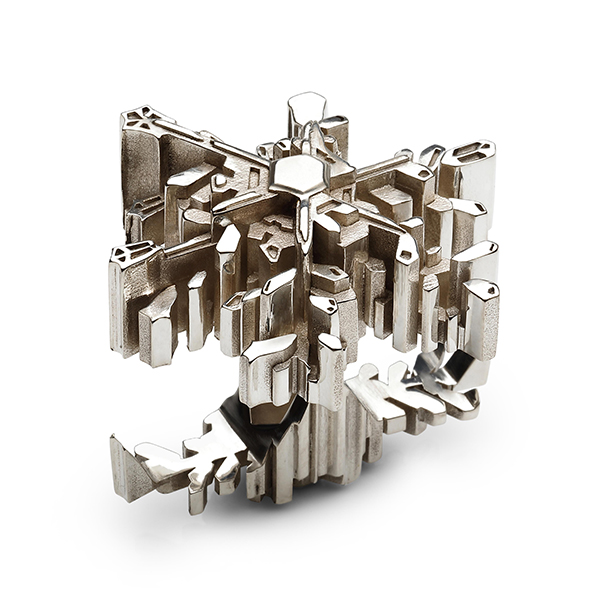
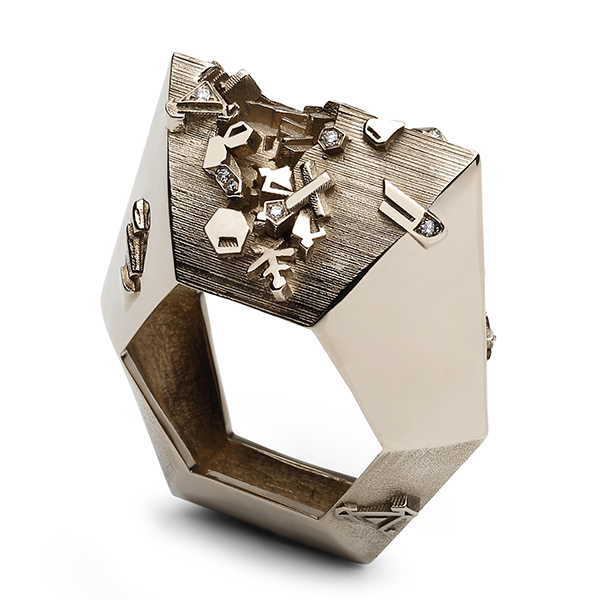
Capucine’s fascination with glaciers is also explained by their role. Glaciers are considered by scientists to be climate archives. Built up over millions of years, glaciers have captured the air of each period, so it is only by studying them that we learned what the atmosphere was like in the past. Losing them would mean losing thousands of valuable records.
On her homecoming, the designer spent hours in her studio. She seeks to create an emotional connection between the Arctic and the future jewel owner. She works with a pencil as well as with her tools in her hands. In the end, each piece illustrates a factor related to the melting of glaciers, be it crevasses, erosion, or the process of liquefaction. Driven by an interest in the microscopic world, the designer has also studied the melting of ice crystals under the electron microscope, allowing her to discover a new vocabulary of shapes that has rarely been put forward.
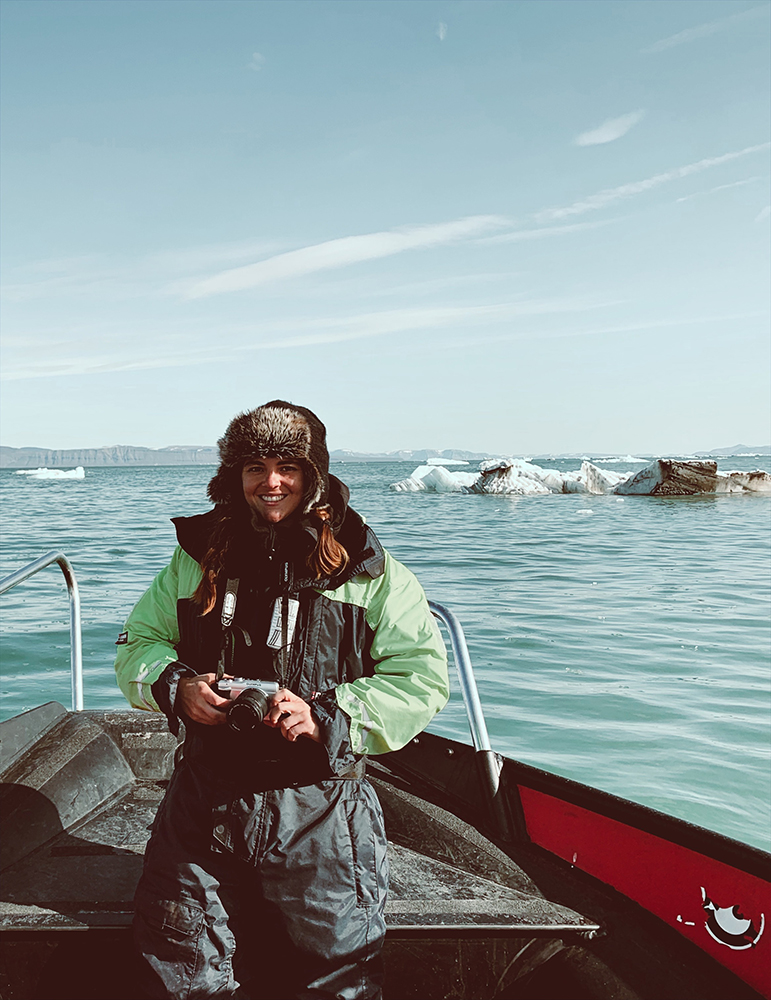
“This trip has changed me forever. What I want in my innermost being is to be able to touch people. I want them to fall in love with glaciers as I did and thus initiate their need to protect our beautiful planet. This my mission as a designer: to raise awareness through my jewelry.”
She expresses liquefaction through molten metal that devours her jewellery. The hexagonal structure of ice guides the shape of her rings, like the geometry of the destruction of glaciers, which is expressed in incomplete or uneven hexagons.
The metal thus captures the ephemeral ice crystals, making permanent what is lost. Capucine wanted to freeze in the metal the ephemeral nature of the ice that slowly but surely melts. Small diamonds can illuminate the jewelry, illustrating the glittering aspect and transparency of ice. To evoke the thousand and one patterns of ice, different textures are used for the metal, bringing contrast and character to the jewelry.
Through numerous experiments, Capucine combines the use of new technologies with historical manufacturing techniques. In a responsible approach, all the jewelry is made by her in her Paris workshop, in 18-carat recycled gold with recycled diamonds and color stones that are traced and natural (not heated and not treated). A part of her profits is also donated to a company fighting against global warming.
You can find Capucine H on capucineh.com and follow her on Instagram @capucine.h
by Alexandra Mas
